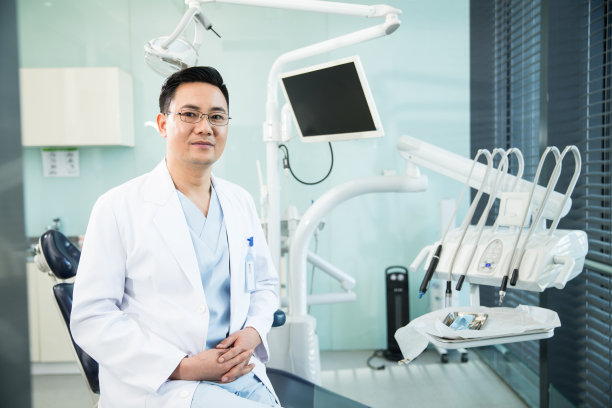Innovative Approaches to Dental Implant Treatment Enhancing Success Rates and Patient Experience in Modern Dentistry
Summary: Innovative approaches to dental implant treatment have transformed modern dentistry, enhancing both success rates and patient experiences. This article explores four key areas that represent advancements in this field: cutting-edge technology, personalized treatment plans, improved materials, and patient-centered care. Each section delves into how these innovations positively impact outcomes and overall satisfaction, underscoring the importance of modern techniques and methods in dental implant procedures.
1. Cutting-Edge Technology in Implant Dentistry

The integration of digital technology in dental implantology has revolutionized the way procedures are performed. Technologies like computer-aided design (CAD) and computer-aided manufacturing (CAM) enable precise planning and implementation of implants. These tools allow dental professionals to visualize and simulate the entire procedure before it begins, which minimizes surgical errors and optimizes placement.
Furthermore, three-dimensional (3D) imaging and printing technologies enhance accuracy in diagnostics and treatment. 3D imaging helps in creating a detailed map of the patients jawbone, leading to personalized implant designs that fit perfectly. In turn, this results in higher success rates and reduces the risk of complications during and after surgery.
Robotic-assisted surgery is another cutting-edge development in the field. With the use of robotic systems, dentists can conduct implant placements with unparalleled precision, leading to smaller incisions, reduced recovery times, and improved aesthetic outcomes for patients.
2. Personalized Treatment Plans for Patients
Every patient has unique dental needs and anatomical considerations, making personalized treatment critical for successful implant outcomes. By employing comprehensive assessments that include medical history, lifestyle factors, and specific anatomical measurements, dental professionals can craft tailored treatment plans that address individual concerns.
Moreover, utilizing advanced diagnostic tools allows for a deeper understanding of each patient’s unique circumstances. By integrating these analyses into their treatment protocols, practitioners can ensure that each patient receives optimal care, leading to better long-term results.
This tailored approach also extends to post-operative care. By providing individualized instructions for recovery, such as dietary recommendations and follow-up schedules, dentists can enhance the healing process and ensure that the implants integrate seamlessly into the patient’s oral structure.
3. Improved Materials for Enhanced Durability
The materials used in dental implants have also seen significant advancements, contributing to improved implant success rates. Titanium remains a popular choice due to its biocompatibility and strength; however, newer materials such as zirconia are gaining popularity for their aesthetic properties and reduced visibility in the mouth.
Innovative coatings and surface treatments on implants have demonstrated the ability to promote faster osseointegration, the process where the implant fuses with the bone. Enhanced surface roughness and bioactive coatings increase the surface area, allowing for better stability and a higher rate of successful integration.
Moreover, developing novel materials with antimicrobial properties can significantly minimize the risk of infection post-implantation. This is crucial for maintaining the health of both the implant and surrounding tissues, leading to higher overall success rates.
4. Patient-Centered Care and Experience
The importance of patient experience in dental implant procedures cannot be overstated. Modern practices are increasingly focusing on patient-centered care, which encompasses not only technical proficiency but also emotional support and comfort during the treatment process. Building rapport and trust with patients can significantly enhance their overall experience.
Additionally, employing sedation techniques and advanced pain management strategies results in a more comfortable procedure for patients. Being able to alleviate anxiety through effective communication and tailored sedation options can transform an intimidating experience into a manageable one.
Finally, the emphasis on post-operative support and follow-up care further cements patient satisfaction. Offering accessible channels for patients to voice concerns or ask questions fosters transparency and strengthens the patient-dentist relationship.
Summary:
In conclusion, innovative approaches in dental implant treatment have not only improved success rates but have also significantly enhanced patient experience. The integration of cutting-edge technology, personalized treatment plans, superior materials, and a focus on patient-centered care all contribute to a more efficient and satisfying dental journey for patients.
This article is compiled by Vickong Dental and the content is for reference only



